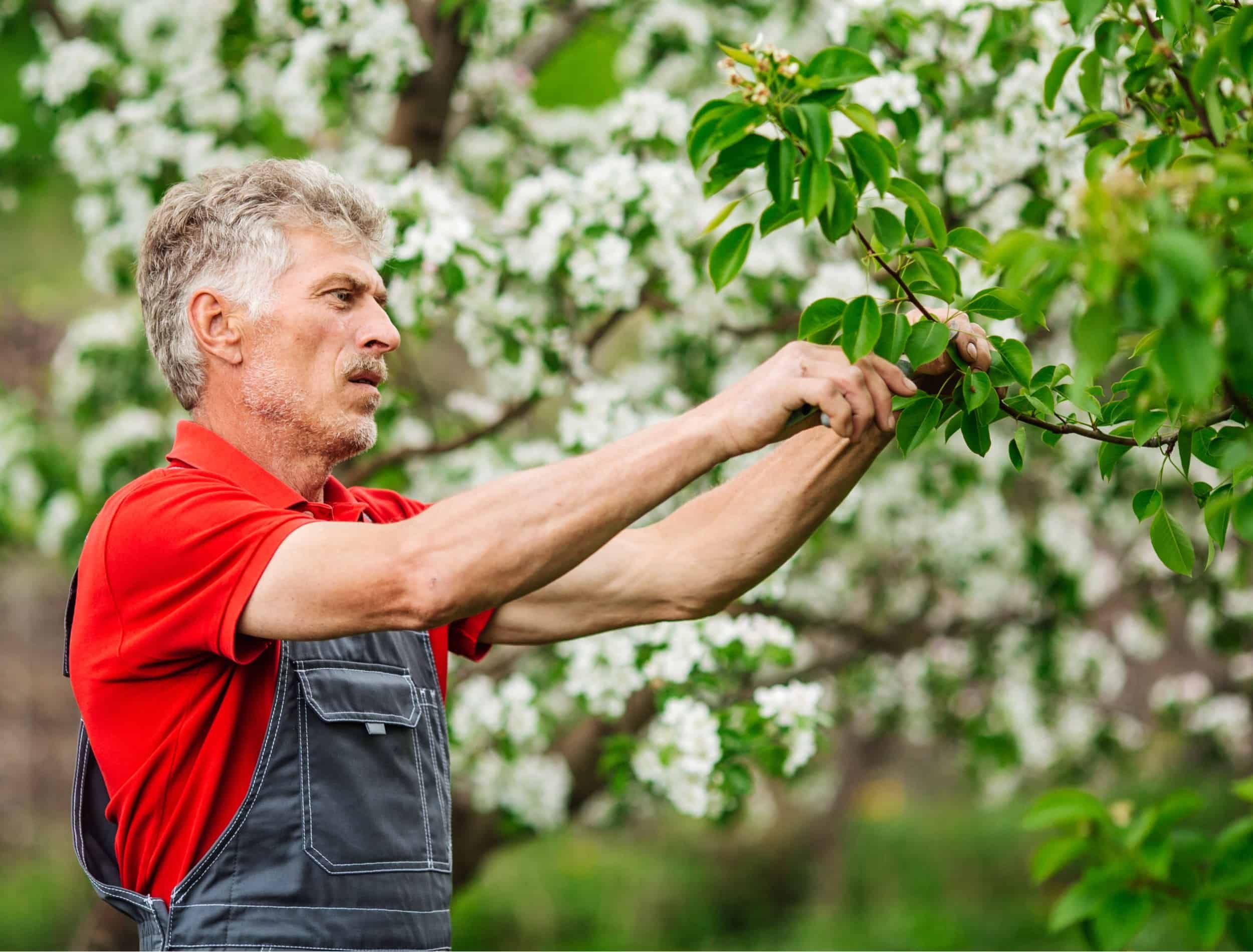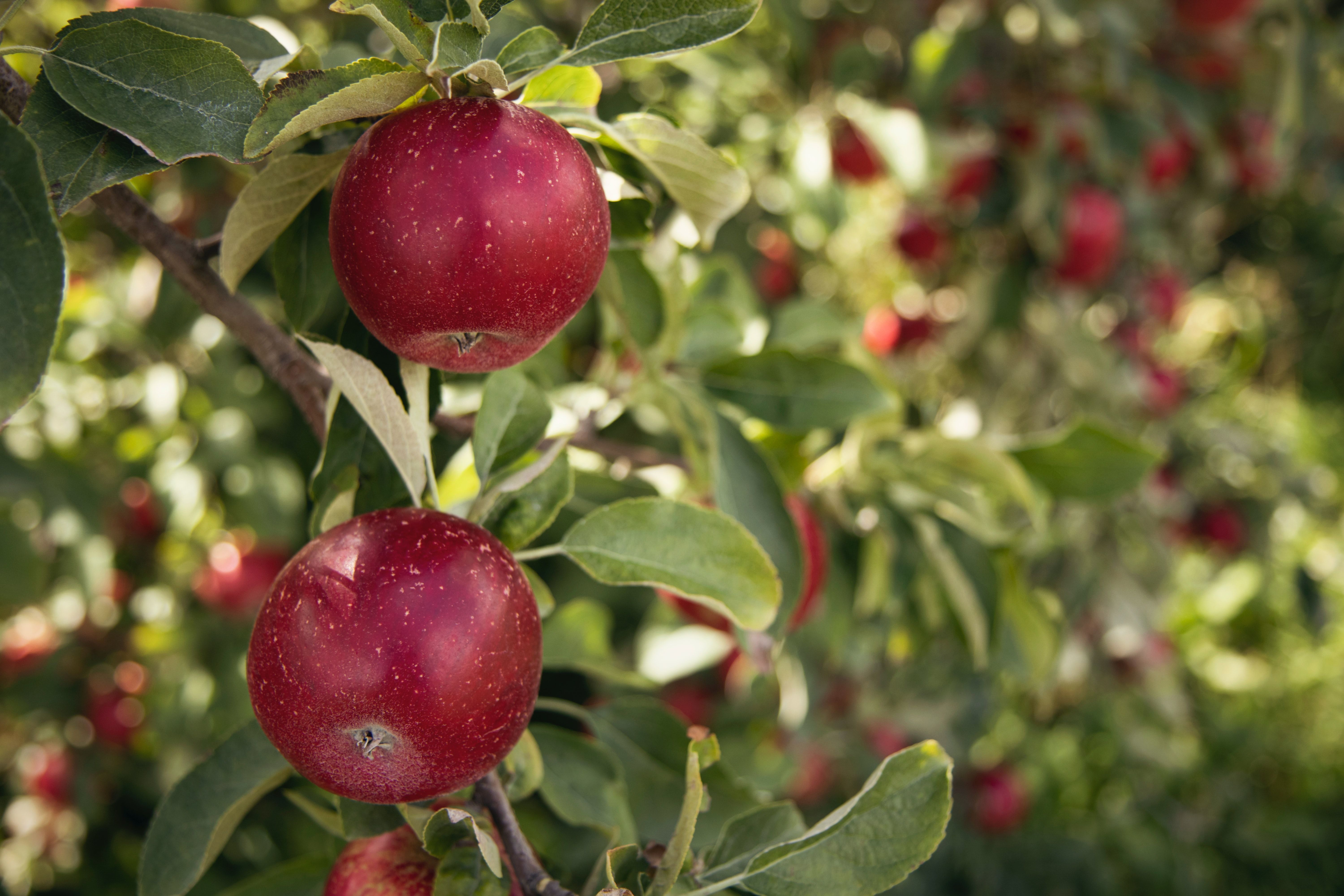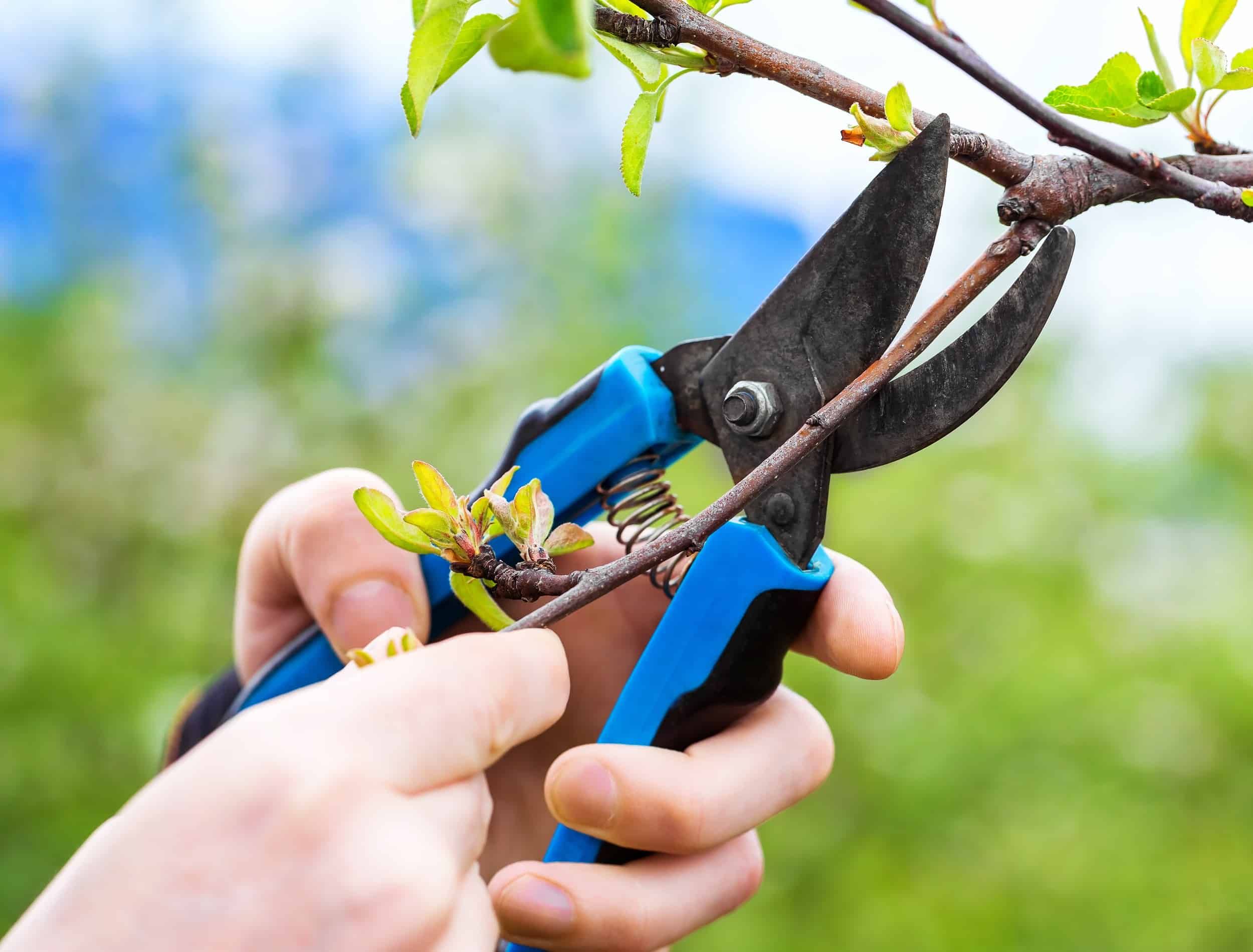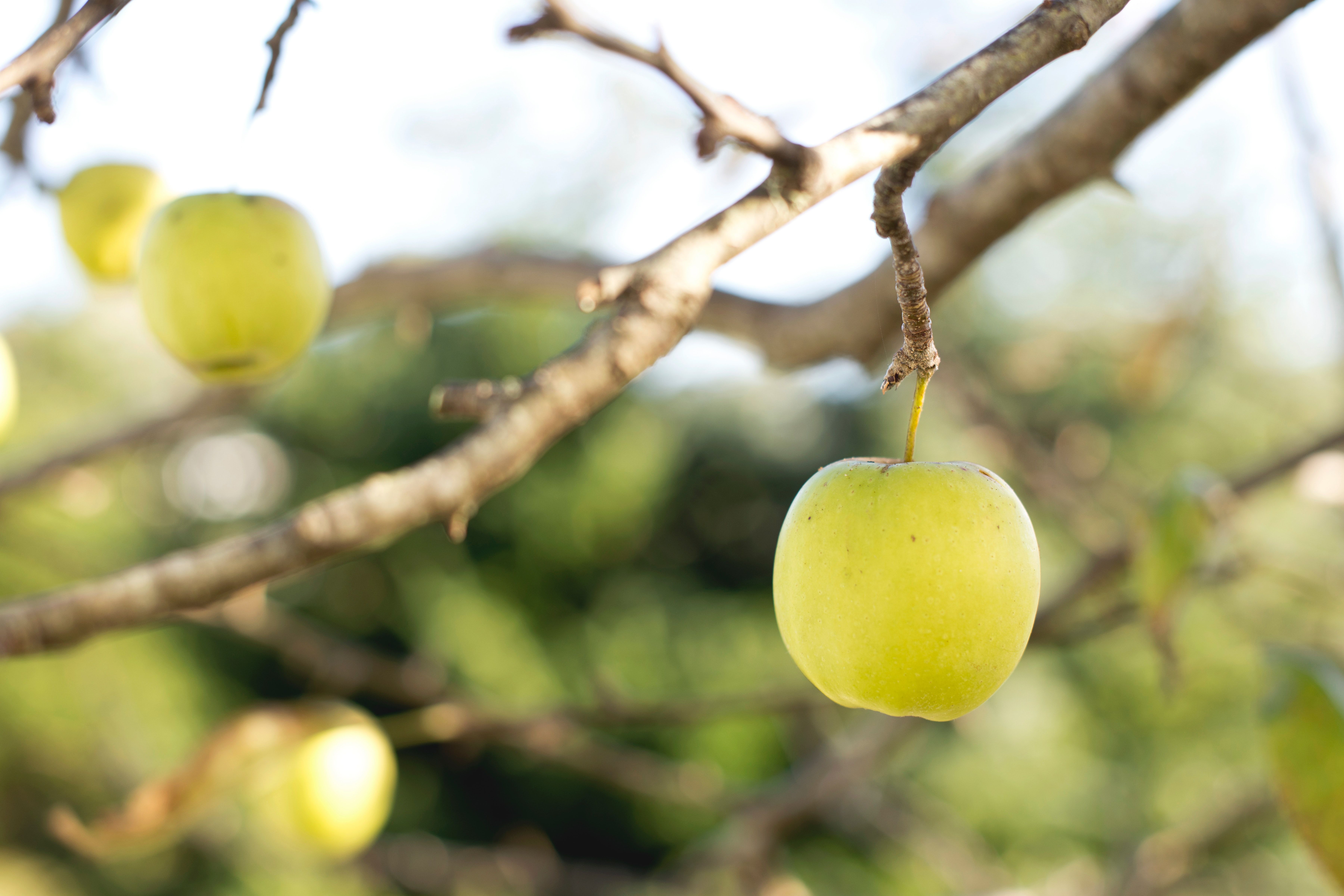Apple trees are a great addition to any yard, but they need to be pruned regularly to stay healthy. Pruning is important for removing dead or damaged branches and helps the tree grow in a healthy way. How often you need to prune your apple tree will depend on the climate and how much it grows each year. Read on to learn more about how and when to prune your apple tree!
Best Time To Prune Your Apple Tree
Image credits: Jen Theodore via Unsplash
When is the best time to prune your apple tree? This is a common question among apple growers. While there are many opinions on the matter, the answer may vary depending on your climate and the type of apple tree you have.
In general, the best time to prune your apple tree is in late winter or early spring before the new growth begins. This allows you to shape the tree and remove any damaged or diseased branches. It also gives the tree a chance to heal before the stress of summer weather sets in.
If you live in a warmer climate, you may need to wait until after the last frost date to prune your apple tree. This will help prevent any new growth from being damaged by the frost.
How Often Should You Prune Your Apple Tree?
Image credit: Andrei Mayatnik via Shutterstock
As soon as the apple tree starts bearing fruit, you can start pruning it. This helps the tree establish new branches to grow fresh fruit. Apple trees need to be pruned every year, preferably in late winter or early spring. However, if you live in an area with a warmer climate, you may need to prune your apple tree twice a year – once in late winter and again in mid-summer.
In general, you should prune your apple trees every year to keep them healthy and productive. However, if you have a young tree that is still establishing itself, you may want to wait a year or two before pruning it. This will give it a chance to develop a strong root system and branch structure.
Pruning apple trees is important because it helps promote new growth and keeps the tree stay healthy. It also allows sunlight and air to reach the fruit, which helps prevent disease.
How To Prune Your Apple Tree
Image credits: Tim Mossholder via Unsplash
No matter when you prune your apple tree, be sure to use sharp pruning shears and clean them between cuts to avoid spreading disease. Also, be careful not to remove too much of the tree’s canopy, as this can weaken the tree and make it more susceptible to pests and diseases.
Take a look at your tree and assess its overall health. Are there any dead or dying branches? Any that are rubbing against each other? These are the ones you'll want to remove first.
Next, focus on the shape of the tree. You want to encourage good airflow through the branches, so remove any that are crossing over or crowding others.
You should also prune any suckers that are growing from the base of the tree. These can compete with the main branches for nutrients and water and can eventually overtake the tree if left unchecked.
Finally, thin out the branches to allow more light and air to reach the leaves. This will promote better fruit production.
Remember, when in doubt, it's always best to err on the side of caution. So, if you're not sure whether or not to remove a particular branch, just leave it be.
If you are not sure how to prune your apple tree, ask a local nursery or garden center for help. They can show you how to properly prune your tree so that it remains healthy and productive for years to come.
History Of The Apple Tree
Image credits: Slatan via Canva
Apples have been grown in Asia for over 3,000 years! They were first introduced to North America by European settlers in the 17th century.
There are more than 7,500 known varieties of apples, numerous of which are produced with different flavors and uses. The fruit is prone to damage from fungal diseases such as scab and canker, as well as insect pests such as codling moth and apple maggot.
Apples are a rich source of vitamins and antioxidants and have been linked with a number of health benefits, including a reduced risk of stroke, cancer, and heart disease.
You Know What They Say, An Apple A Day!
Now that you know all about pruning apple trees, it’s time to get out there and start giving your tree a little TLC. Make sure to keep an eye on the growth of your tree and prune accordingly – too much or too little can be harmful. And don’t forget to share your own tips and tricks in the comments below!





